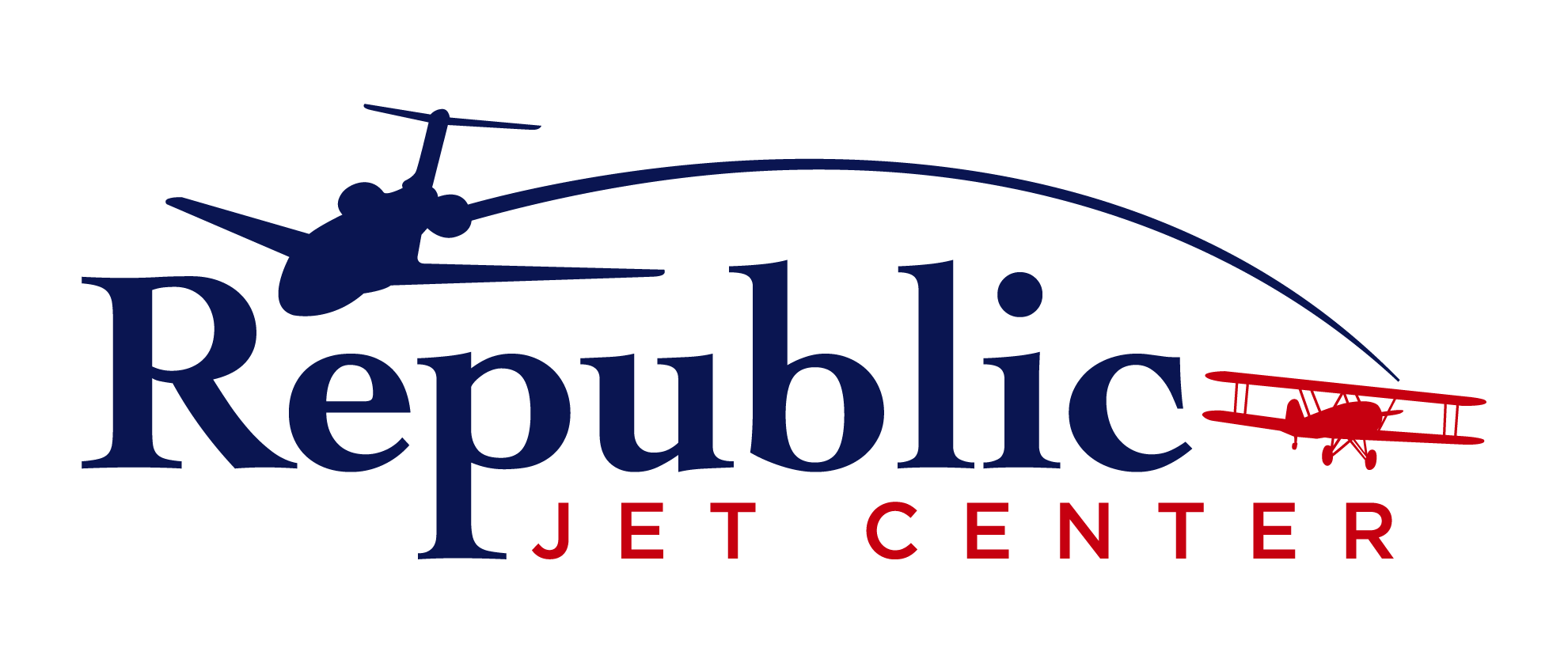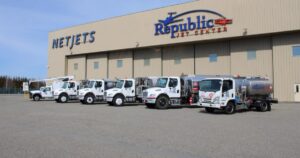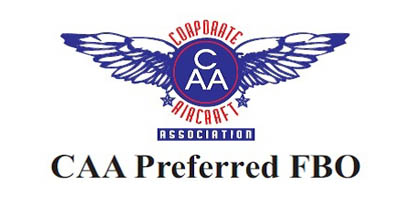You can overcome the challenges of extended grounding by understanding the issues involved in maintaining carriers that are not in the air.
For various reasons, your craft may spend an extended time on the ground. You may think that because they weren’t in operation that they’re fine.
However, engineers designed planes to fly – not to sit. Any aircraft that sits for an extended amount of time requires thorough maintenance.
Recently, the FAA has released guidelines regarding first-flight safety after maintenance. Your private carriers must undergo an appropriate preflight check before taking to the air.
Many pilots are unsure of how to perform an extensive pre-flight check. As a fleet owner, you must understand the nature of this critical task.
A few essential plane maintenance tips will get you there.
Grounding
As you know, a lot goes into maintaining a jet. However, you can learn a few lessons from major air carriers.
In some parts of the country, jumbo jets will sit out of service for nearly half a year. In some instances, underserviced grounded aircraft can become stuck to the ground.
If your fleet is grounded in subzero weather, the tires can freeze to the tarmac. Experts recommend parking grounded carriers on course mats, sand or fiber mats.
Alternatively, you may choose relocation. If it’s more cost-effective, you can move your fleet to a more hospitable climate.
The longer your fleet rests on the ground, the more maintenance you’ll need to do to keep them flight-ready. For example, avionics engineers may need to seal off gaps and sensors with vinyl tape. Also, you still need to keep your craft lubricated while they’re grounded.
Plane Maintenance Tips
Aircraft maintenance is unavoidable. Contemporary aircraft are more reliable and last longer.
Engines and parts are smaller, more powerful and more reliable. What’s more, they cost less.
Although private jet costs are lower today, there’s a trade-off. The latest in avionics innovation can prove challenging to troubleshoot and understand.
Your avionics engineers must know your craft inside and out. Furthermore, they must plan maintenance with attention to detail, careful preparation, and excellent recordkeeping. These responsibilities can prove burdensome for a private charter company that needs to focus on attracting new business and opportunities.
It makes sense to partner with a third-party that can maintenance your craft as needed. A competent fixed-base operator (FBO) has the expertise and personnel to make sure your grounded aircraft remain in tip-top shape.
A knowledgeable FBO will have advanced knowledge of your aircraft’s maintenance cycle. They’ll also have experience in working in maintenance cycles that align with your firm’s operation.
The worst thing that you can do is wait into you find out an inspection’s coming that will get you back in the air. You must work with an FBO that will always keep your fleet flight-ready. Also, ongoing maintenance during grounding costs far less than letting your craft sit until you’re ready to put them back in service.
You must also remember to schedule leeway for unexpected delays and problems. Ideally, you should have a monthly meeting to discuss ongoing maintenance, whether or not your craft is grounded.
Getting Back in the Air
It may not come soon enough, but eventually, you’ll get clearance to take to the skies once again. It’s a mistake to think that your craft is flight-ready because they’ve been out of service.
You must perform extended maintenance after grounding. After any maintenance, it’s more likely for flight issues to arise.
For example, many flight emergencies have happened because of incorrectly rigged flight controls or trim systems. Sometimes, aircraft engineers forget to tighten bolts or connectors.
These kinds of simple oversights can lead to tragedy. Accordingly, it’s essential to perform extensive preflight checks after any maintenance and extended grounding.
An extensive preflight check goes far beyond a typical preflight checklist. Your aircraft engineers can start to build a comprehensive preflight checklist by reviewing the maintenance history of your fleet.
Once they’ve done this, they can add additional items to the standard checklist. These lists are vital. They will serve as a guideline for all your coming preflight inspections.
Furthermore, your aircraft engineers or service company must become intimately familiar with all controls and systems in your fleet. By learning about your fleet before maintenance, they’ll have a baseline to understand the proper functioning of your craft.
Partnering for Carrier Success
As a private or charter fleet owner, you understand how vital partnerships can prove for the success of your operation. This same sentiment applies to maintenance on your fleet. An exceptional FBO can ensure the smooth operation of your craft at all times.
They can relieve you of the burdens of refueling a jet, as well as servicing and maintaining it. They can manage routine maintenance as well as major and minor repairs. Even if your FBO doesn’t have an in-house aircraft engineer team, a phenomenal FBO will have a relationship with a third-party company that does provide the service.
It’s helpful to know the latest plane maintenance tips. However, when the day comes for you to take to the skies again, you’ll need to coordinate with the aircraft engineer to figure out your fleet’s exact maintenance needs.
You must cover every system with a fine-toothed comb. Also, your maintenance techs must pay special attention to any components that were recently repaired or replaced.
By Air or By Land: Planning for the Future
Even for grounded fleets, craft maintenance can consume valuable time and resources, that’s why it’s important to remember these plane maintenance tips. The Republic Jet Center can provide your operation with VIP amenities and a level of customer service that you’ve never experienced.
Contact us today to learn about our vast range of services and learn how to keep your fleet airworthy, no matter the circumstances.











